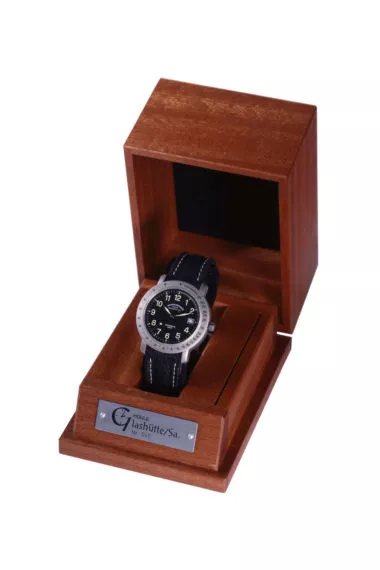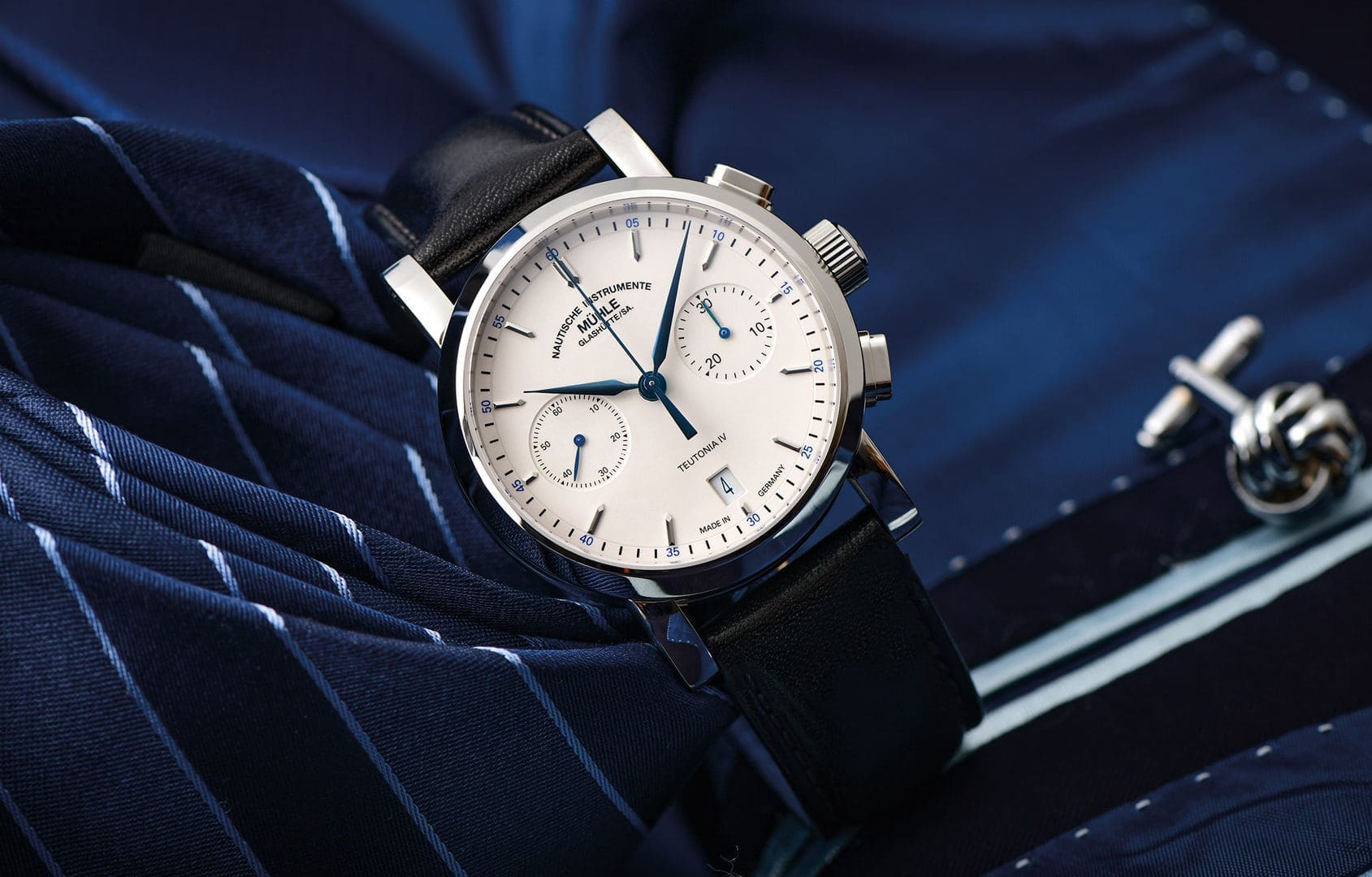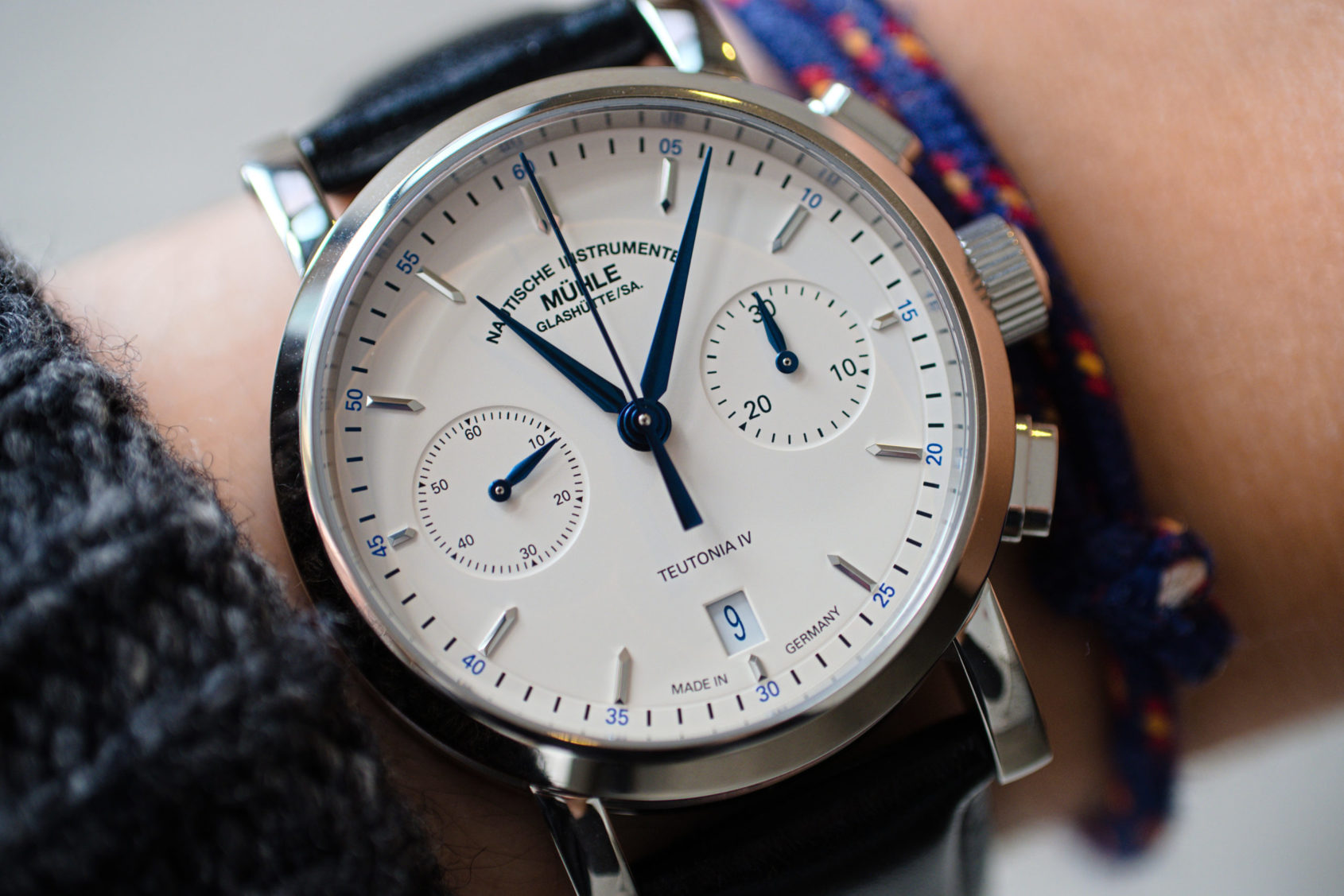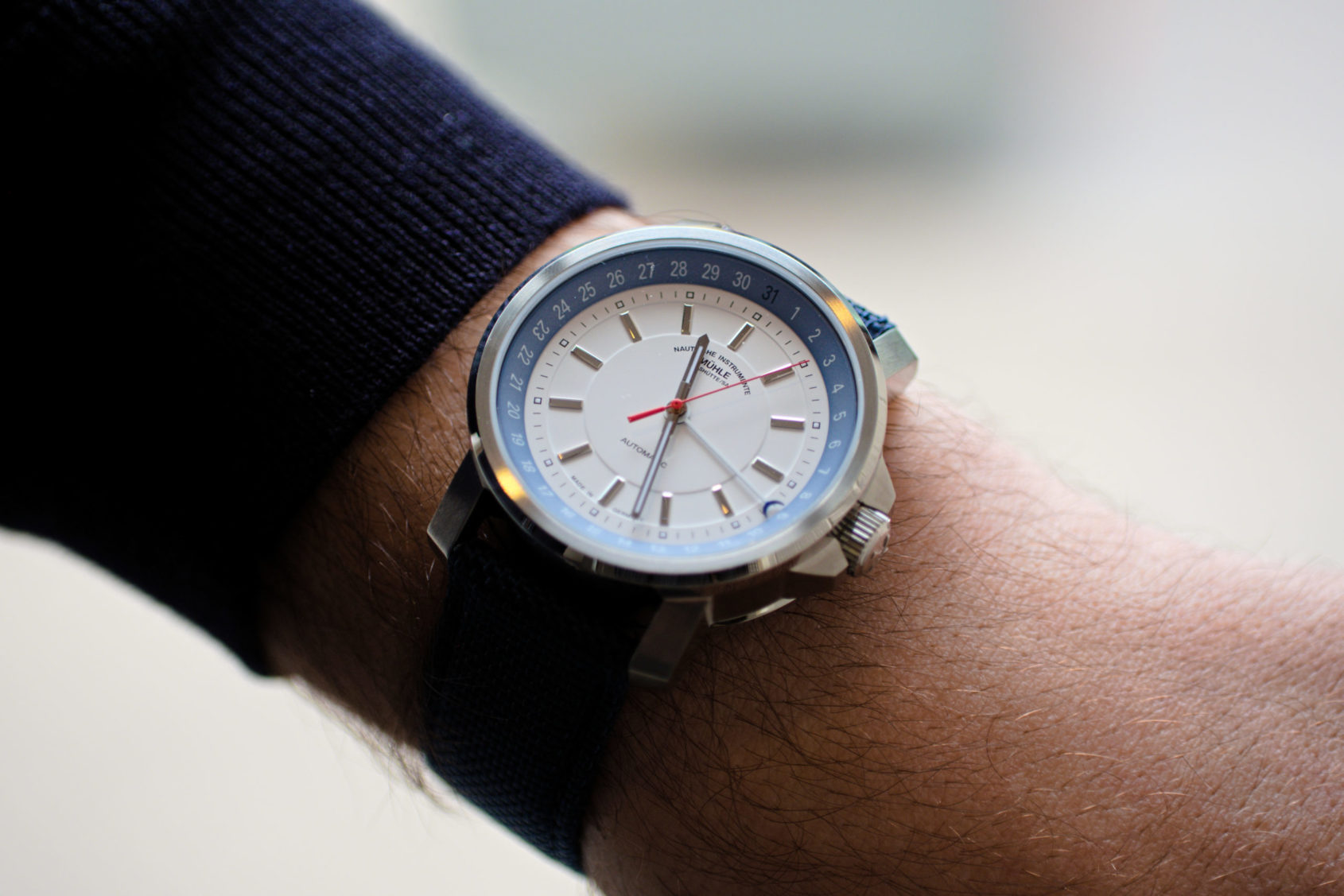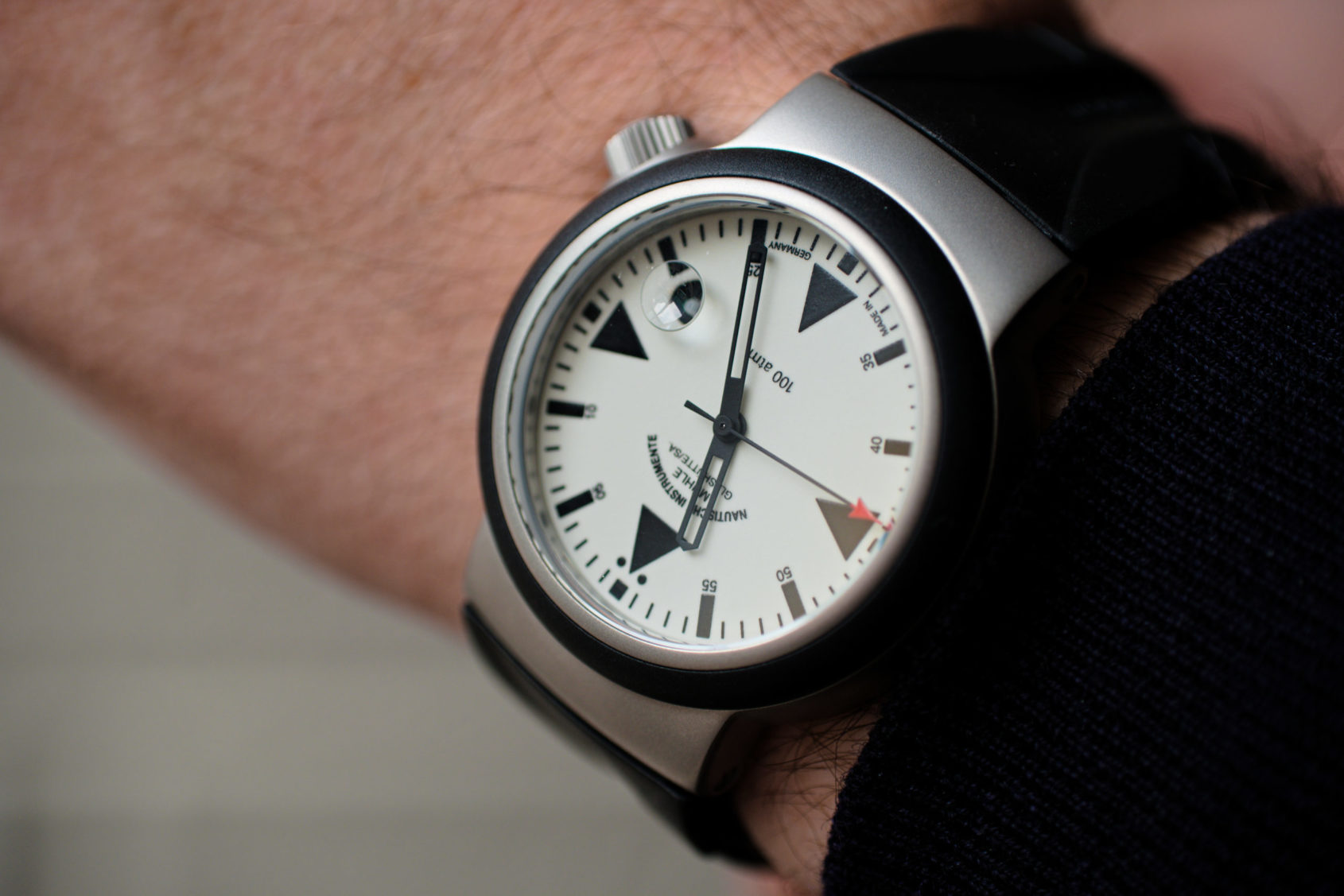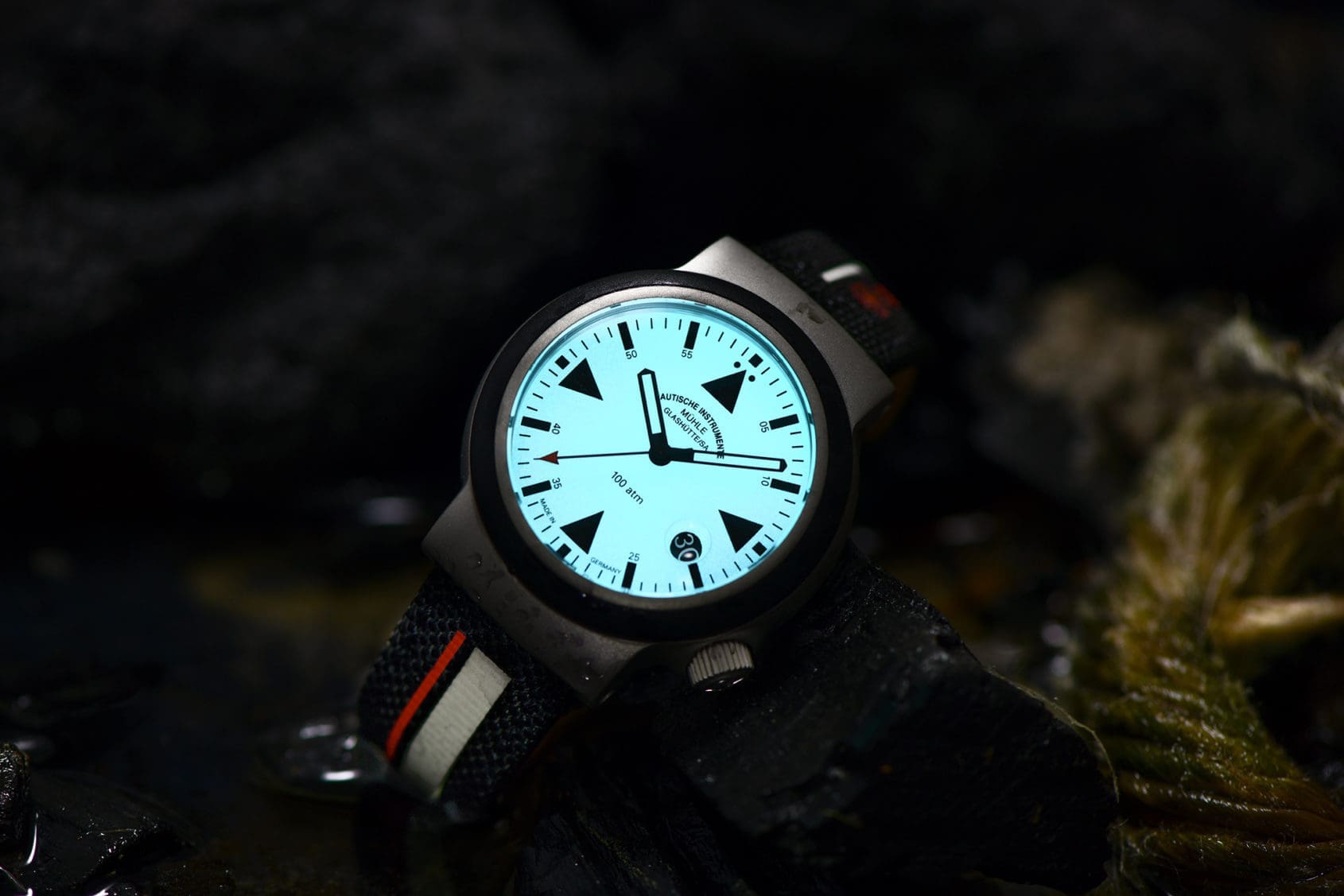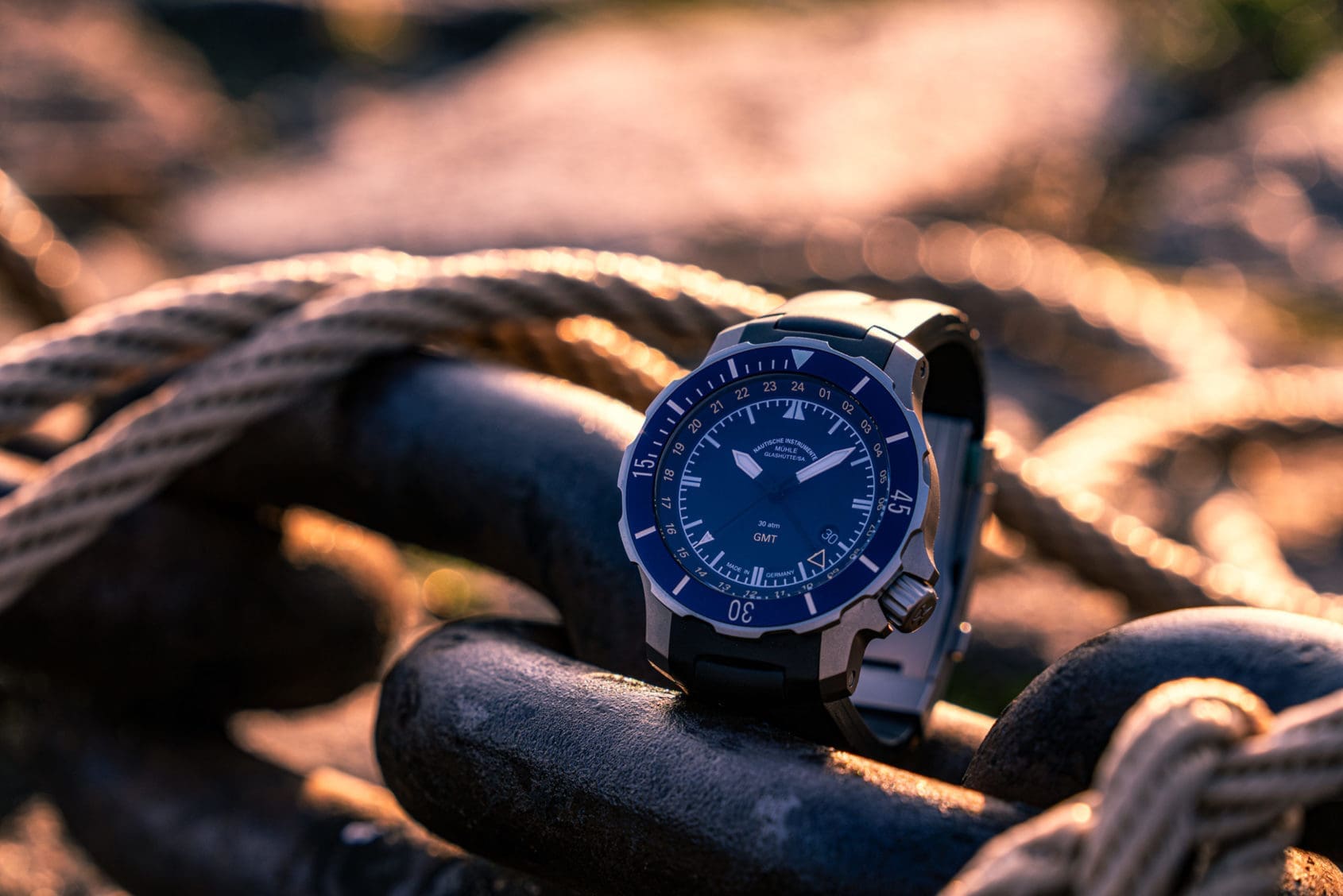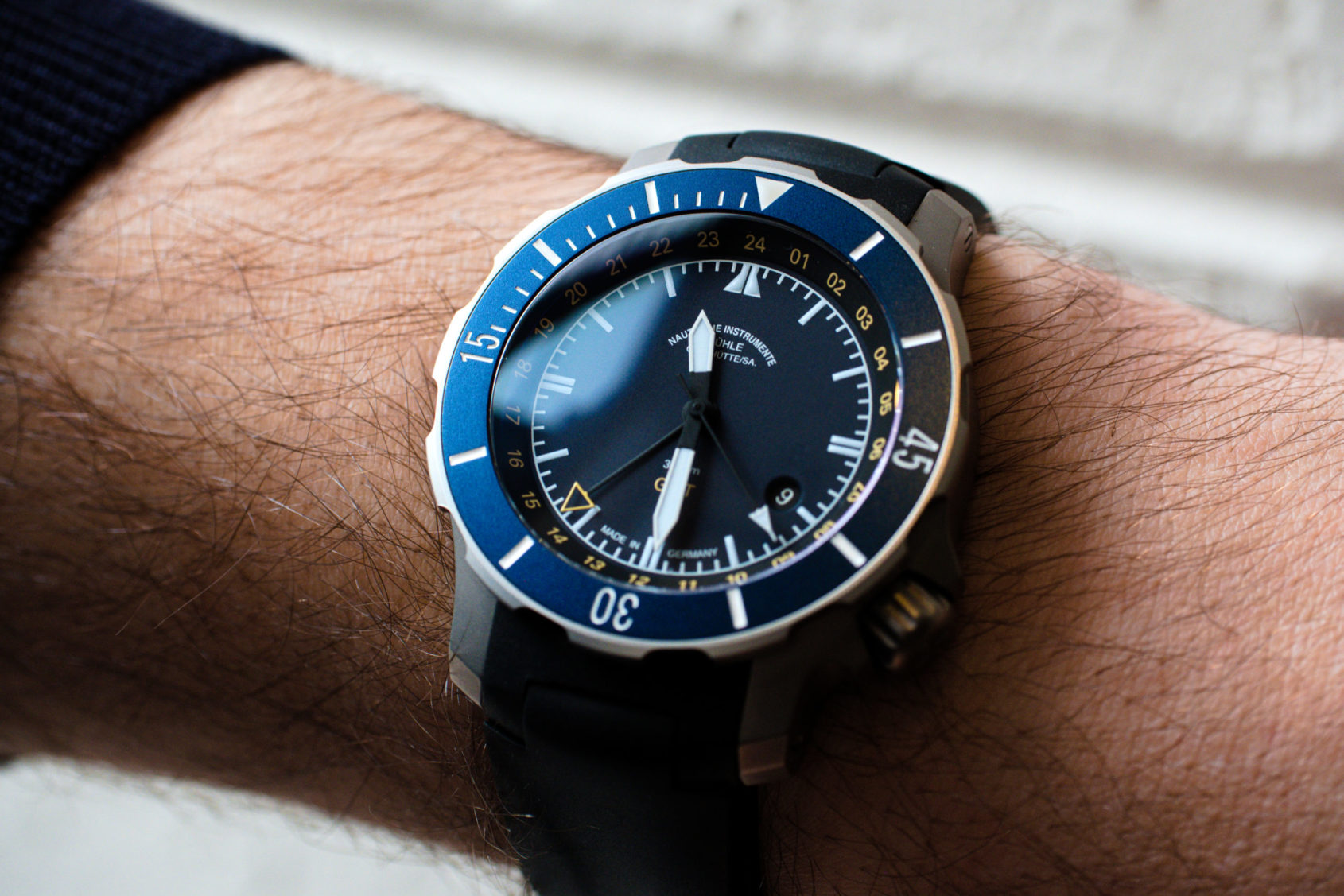Something for everyone – the Mühle-Glashütte watches you should consider
Borna BošnjakWhat do you get when you put years of precise instrument manufacturing expertise into watchmaking? Well, Mühle-Glashütte is what you get. Though they produced their first watch as late as 1996, they pride themselves on their precision manufacturing heritage, as producers of measuring tools and speedometers. Founded by Robert Mühle during his employment for fine watchmaker Moritz Grossmann, the Robert Mühle Glashütte precision mechanical workshop produced instruments for Glashütte watchmakers and watchmaking schools. For a quick overview of the pieces, check out the video below, or keep reading about Mühle-Glashütte’s history and my wearing experience of the Teutonia IV Chronograph, 29er Pointer Date, S.A.R. Rescue-Timer Lumen and Seebataillon GMT.
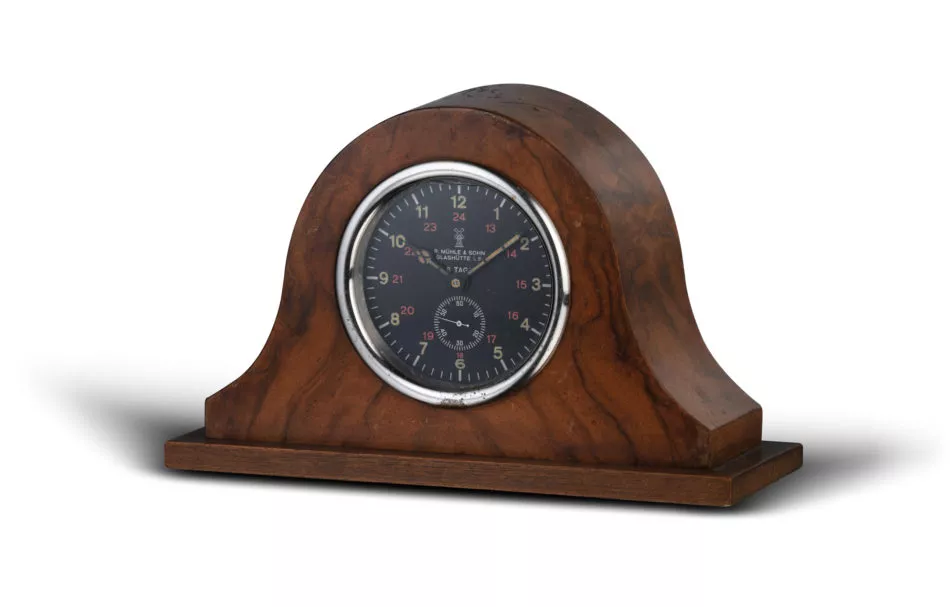
Through the years, their speedometers appeared on the dashboards of BMW, Triumph and A.J.S. motorcycles, with car clocks in the 1930s. The success of the company was halted by the second world war, as the family business, along with many others in Glashütte, was dismantled and expropriated. This marked the end of the 75-year run of the original company, though the name once again became associated with precision manufacture thanks to the post-war efforts of Hans Mühle who produced mechanisms for photography and cinema, alongside other measuring devices.
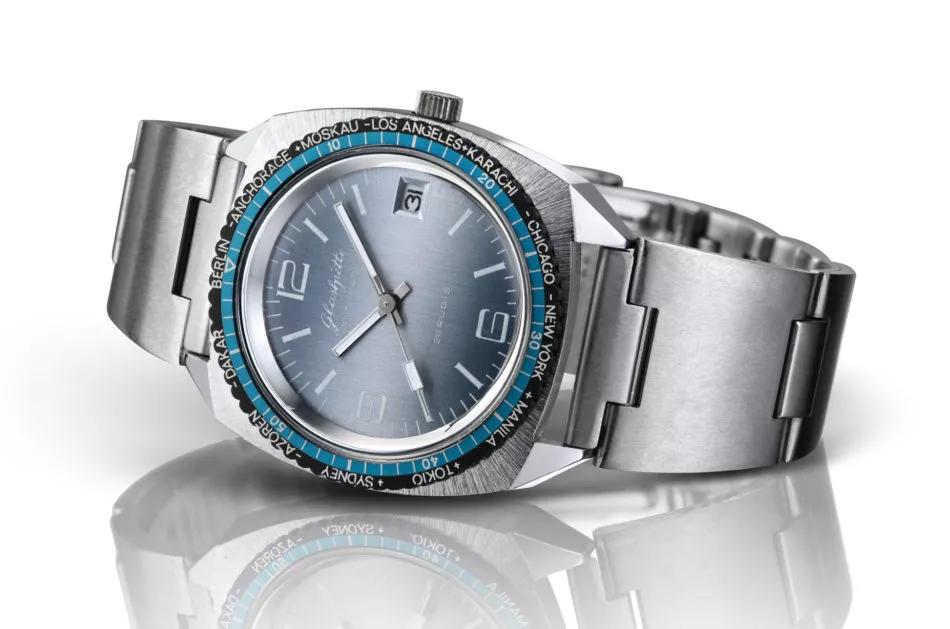
The 1970s and 80s once again brought turmoil to the company, as it was expropriated for a second time, eventually being incorporated into the VEB Glashütter Uhrenbetriebe (Glashütte Watchmaking Plants), which many vintage lovers will recognise as GUB. Hans-Jürgen Mühle was eventually appointed as GUB managing director in 1990, before founding Mühle-Glashütte GmbH nautische Instrumente und Feinmechanik in 1994, the same company producing watches today.
The first watches were produced in 1996, upon request from a shipyard which Mühle-Glashütte already supplied with products. These were not available for public purchase, however. That honour went to the Marinefliegeruhr-I, pictured above. Innovation followed, with the patent of the woodpecker neck fine regulation mechanism in 2003, and the eventual production of Mühle-Glashütte’s first in-house movement in 2011. As of 2020, the company only employs 66 people, more than half of which are involved with production. With a precision manufacturing heritage stretching over 150 years, the four-piece collection we’re looking at today covers a wide range of styles and features – from the elegant Teutonia chrono to the rugged Seebatallion GMT.
Teutonia IV Chronograph
The beauty with the lance hands is not the first watch I think of when I hear Mühle-Glashütte, until now. Its stainless-steel case is 39mm across, with a 14.6mm thickness – quite tall considering the small diameter, yet the Teutonia shines on the wrist. The lugs jut straight out of the case, but curve sharply downwards in their profile, hugging the wrist beautifully with a measurement of 48.8mm lug to lug. The finishing is equally as impressive as the fit, with fine vertical brushing around the midcase and the side of the lugs, with polished bezel, lug top and bottom.
The aforementioned lance hands go between electric blue to abyss black, depending on lighting – with the heat blued treatment extending to the subdial indicators as well. The dial itself is an opaline white surrounded by polished arrow indices that are truncated to make way for the subdials and date window. The colour of the date disk is stark white, however, making it clearly stand out. I’ve always felt that the Nautische Instrumente Mühle-Glashütte branding was a tad wordy, and the same is the case here, though the curved text helps integrate it into the overall design.
The Teutonia IV is powered by the Mühle-Glashütte caliber MU9419, a derivation of the Sellita SW500, with Mühle-Glashütte’s patented woodpecker neck regulator, blued screws and Glashütte solarisation. Along with the fine finishing, the cam-operated chronograph pushers were smooth, keeping time within +1 second per day from our testing and featuring an impressive 62-hour power reserve.
Mühle-Glashütte Teutonia IV Chronograph pricing and availability:
The Teutonia IV Chronograph is available directly from Mühle-Glashütte. Price: € 3,350
| Brand | Mühle-Glashütte |
| Model | Teutonia IV Chronograph |
| Reference Number | M1-44-35-LB |
| Case Dimensions | 39mm x 48.8mm x 14.6mm, 20 mm lug width |
| Case Material | Stainless steel |
| Water Resistance | 10 bar |
| Dial | Opaline white |
| Crystal | Sapphire crystal with AR coating |
| Strap | Black leather strap with butterfly clasp |
| Movement | MU 9419, Sellita SW-500 base with patented woodpecker neck regulator, 62-hour power reserve |
| Price | € 3,350 |
29er Pointer Date
The case of the 29er is one of the biggest enigmas I’ve come across in recent times. With a dimensions of 42.5mm x 12.3mm and 48.8mm lug to lug, it suggests a reasonably versatile wearing experience, albeit with a slightly larger diameter. The construction however, makes it wear much larger. The slab-sided case is angular all round, with curvaceous lines nowhere in sight. The polished bezel is the main culprit for this, as there’s only a slight bevel atop that leads into the flat sapphire crystal, adding to the puck-like silhouette of the 29er. The flat, screw-on display caseback gives it 10 bar of water resistance, sitting in the same plane as the leather and fabric strap.
The 29er gets its name from the high-performance skiff derived from the Olympic 49er class, naturally adopting its nautical colours along with its name. The powdery blue rehaut is quite slim, housing the date markings that are met by the navy crescent moon pointer. The wide expanse of the white dial is broken up by a flash of red of the seconds hand, giving visual interest to the simple fencepost handset. The large, light-coloured dial and steep, narrow rehaut also contribute to the watch appearing larger than it actually is. The text below the 12 o’clock is integrated nicely once again, following the curvature of the flat, highly polished markers.
Like many Sellita-derived, Mühle-Glashütte calibers, the SW221-1 in the 29er is equipped with a woodpecker neck regulator and a power reserve of 41 hours. The semi-skeletonised custom rotor has a pleasing sunray texture, while the rest of the movement is mostly undecorated, though adorned with heat blued screws. Our review sample performed well, with a reasonable amplitude and negligible beat error, coming in at +7 seconds per day.
Mühle-Glashütte 29er Pointer Date pricing and availability:
The 29er Pointer Date is available directly from Mühle-Glashütte. Price: € 1,600
| Brand | Mühle-Glashütte |
| Model | 29er Pointer Date |
| Reference Number | M1-25-32-CB |
| Case Dimensions | 42.5mm x 48.8mm x 12.3mm, 22mm lug width |
| Case Material | Stainless steel |
| Water Resistance | 10 bar |
| Dial | White with blue rehaut |
| Crystal | Flat sapphire crystal with AR coating |
| Strap | Fabric/leather combination strap with pin buckle |
| Movement | Sellita SW 221-1 with Mühle woodpecker neck regulator, 41-hour power reserve |
| Price | € 1,600 |
S.A.R. Rescue-Timer Lumen
Of all the Mühle-Glashütte designs, the Rescue-Timer is one of the more recognisable. The monobloc bead-blasted stainless steel case, shrouded lugs, crown at 4 o’clock and rubber bezel all contribute equally to make it truly unique. But how does such a polarising design come into existence? Along with officers of the German Maritime Search and Rescue Society (DGzRS), a watch that could survive the tough rescue conditions it’ll be exposed to was proposed. At the same time, it had to be free of sharp edges which could hurt people while being rescued. The case itself is pressure-resistant up to an astonishing 100 bar, helped by the 4mm thick sapphire crystal with internal magnifier.
An obvious requirement was that the S.A.R. Rescue-Timer had to be highly legible. With simple, high-contrast dials and large lume plots this was never an issue. The Lumen model however, takes away lumed indices, replacing it with a full-lume dial. The oversized triangular markers do a good job of orienting the dial, in part thanks to the flieger-style marker at 12. The skeletonised hands are also just as legible, though the date was difficult to make out (how nit-picky is that?).
A robust watch requires a robust, affordable-to-service movement. Mühle-Glashütte chose the Sellita SW 200-1 for this task, equipping it with a woodpecker regulator. The Sellita once again performed impressively, coming it at -5 seconds per day, with a 41-hour power reserve. The screw-down closed caseback doesn’t give us a look into the movement, rather giving a short insight into the development of the watch alongside the DGzRS.
Mühle-Glashütte S.A.R. Rescue-Timer Lumen pricing and availability:
The S.A.R. Rescue-Timer Lumen is available directly from Mühle-Glashütte. Price: € 1,950
| Brand | Mühle-Glashütte |
| Model | S.A.R. Rescue-Timer Lumen |
| Reference Number | M1-41-08-KB |
| Case Dimensions | 42.5mm x 47.5mm x 13.5mm, 20mm lug width |
| Case Material | Stainless steel, rubber bezel |
| Water Resistance | 100 bar |
| Dial | Fully luminescent dial |
| Crystal | Flat sapphire crystal |
| Strap | Rubber strap |
| Movement | Sellita SW 200-1 with woodpecker neck regulator, 41-hour power reserve |
| Price | € 1,950 |
Seebataillon GMT
Once again developed with active use in mind, the Seebataillon GMT was created for German naval troops – the Seebataillon. The 45mm case stretches to 53.6mm lug-to-lug, yet maintains a thickness of only 12.5mm despite offering water resistance of 30 atm. Paired with its titanium construction, its a surprisingly light piece at 133 grams. The notched titanium bezel has an aluminium insert and bi-directional functionality. With the lightness of titanium and thin profile of the bezel, it’s quite difficult to grasp properly, and doesn’t have the reassuring click most would come to expect. The large crown guards resemble the look of the blocky lugs, which use screws to secure the rubber strap. Interestingly, the strap actually has a link in it, for better conformity to a variety of wrists, secured by a stainless-steel clasp with a divers extension.
Though with a clear function-first mentality, the Seebataillon GMT is handsome – combining a black main portion of the dial with white and yellow highlights. The large sword-shaped hands have a blacked-out pinion end, with same finish is applied to the seconds hand and the GMT hand with skeletonised yellow triangle. This makes for a really neat effect where all four pointers seem suspended above the black background. The GMT hand reaches out to the rehaut, matching up with the 24-hour indication for tracking a second time zone. Finally, a circular date window is tucked away at 4 o’clock.
Mühle-Glashütte has once again employed Sellita for its movement manufacturer of choice, modifying the SW 330-1 with their patented regulator, also adding a custom rotor with Glashütte solarisation and blued screws. The 25.6mm movement appears miniscule in the large, flat caseback of the Seebataillon, so the choice of a display caseback surprised me. The 42-hour power reserve movement performed well, achieving a +6 second per day deviation, with an excellent beat error and amplitude.
Mühle-Glashütte Seebataillon GMT pricing and availability:
TheSeebataillon GMT is available directly from Mühle-Glashütte. Price: € 2,890
| Brand | Mühle-Glashütte |
| Model | Seebataillon GMT |
| Reference Number | M1-28-62-KB. |
| Case Dimensions | 45mm x 53.6mm x 12.5mm, 22mm lug width |
| Case Material | Titanium |
| Water Resistance | 30 bar |
| Dial | Black |
| Crystal | Slightly-domed sapphire crystal with AR coating |
| Strap | Rubber strap |
| Movement | Sellita SW 330-1 |
| Price | € 2,890 |





